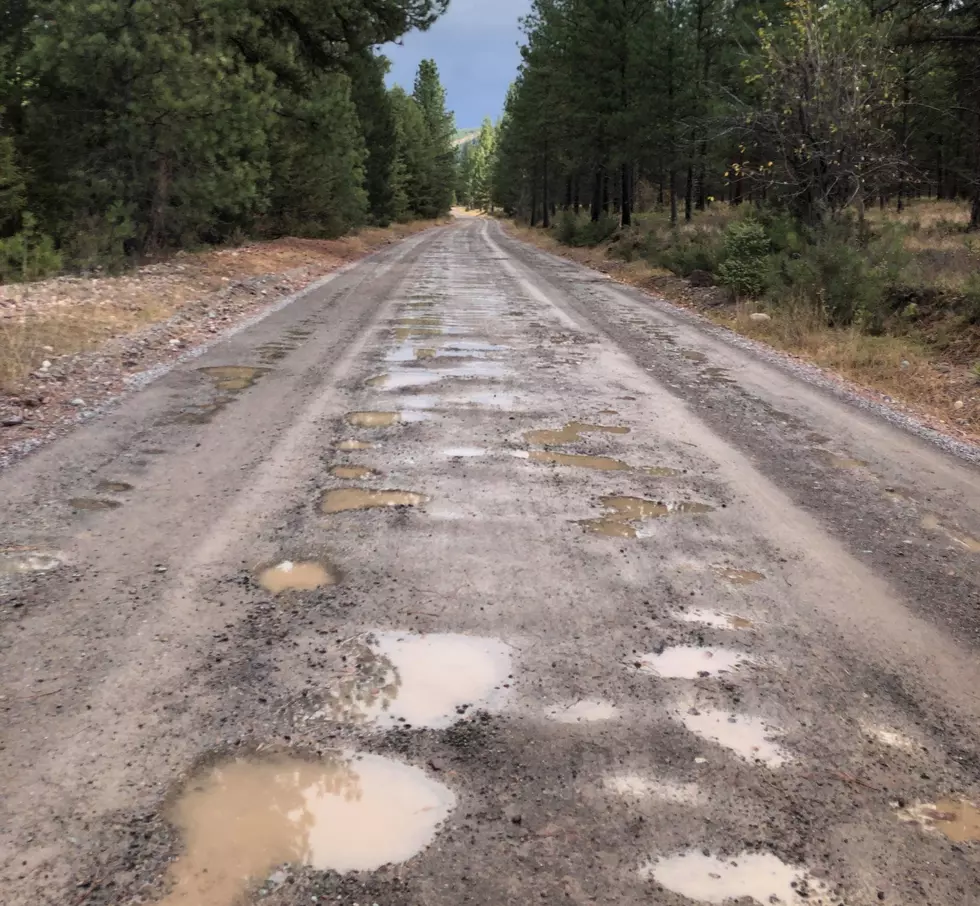
Survey suggests Forest Service under-estimates illegal road use
(Missoula Current) A Swan Valley environmental group has found more evidence that Forest Service road closures are often ineffective, and the resulting illegal road use threatens Montana’s fish and wildlife.
Recently, the Swan View Coalition published a 2022 survey of more than 300 closed roads on the Flathead National Forest, which found about a third to a half of the berms, boulders and gates were illegally breached by motorized vehicles. This finding contradicts the Flathead Forest claim that 92% of closures are effective.
The Forest Service uses gates to close a majority of roads, but the survey found gates are frequently breached. About one-third of the 110 gates surveyed showed signs of motor vehicle use behind the gate.
However, gates are usually installed where the Forest Service or its contractors still access the roads beyond. When the Swan View Coalition corrected for that, that’s when the effectiveness rose from 53% to 68%.
Fewer roads were blocked by earthen berms and boulder barriers - 103 and 70 respectively. Both types were also found to be about 70% effective. Five of nine steel guardrail barriers were violated.
Vehicle tracks were found going around about 40% of the violated barriers or through spots where barriers had been destroyed. The report said this situation was less likely where dense trees or thick brush was next to the barrier. The survey noted that about two-thirds of the unbreached barriers had open space next to the barrier that invited illegal access.
The issue of ineffective road closures is important because the Forest Service uses road mileage and density data to justify the building of additional roads for logging projects in habitat frequented by elk, wolverines and grizzly bears.
None of those species survive well in areas with too many motorized vehicles zooming around. But if the Forest Service doesn’t account for illegal road use in its numbers, it ends up approving more roads than wildlife can tolerate.
In addition, culverts under closed roads aren’t maintained, so illegal road use can cause more sediment to enter streams or culverts can fail, blocking fish passage.
In 2019, the Swan View Coalition and Friends of the Wild Swan filed a lawsuit over the road allowances in 2018 Flathead Forest Management Plan and the related U.S. Fish and Wildlife Service 2017 biological opinion on threatened grizzly bears and bull trout. In June 2021, U.S. District Judge Donald Molloy ordered the Fish and Wildlife Service to reconsider its opinion, saying the agency failed to consider the effect of ineffective road closures.
Eight months later, the Fish and Wildlife Service issued a revised biological opinion that relied on the Flathead Forest’s claim that its closures were 92% effective and statements that the Forest Service would devise a better road-closure monitoring system and fix broken barriers as soon as it was able.
The conservation groups sued again, arguing the revised biological opinion does not acknowledge that the revised Forest Plan abandoned the practices of road reclamation and culvert removal that make road closures more effective at protecting grizzly bears and bull trout. This 2022 road survey has been submitted as evidence in that lawsuit.
“Road reclamation and culvert removals are necessary to protect fish and wildlife,” said Keith Hammer, Swan View Coalition chairman, in a statement. “Both agency- and citizen-gathered data show that gates, berms and boulders are not enough to stop motor vehicle trespass and that unmaintained culverts eventually fail and put the road dirt into the trout stream.”
This isn’t the first non-agency survey to find ineffective road barriers. In 2004, the Swan View Coalition did a similar survey of 256 road gates or barriers in the Swan Ranger District and found evidence that motorized vehicles had breached more than half. Molloy cited that study in his 2021 ruling.
The Flathead Forest isn’t the only national forest with illegal road-use problems.
Environmental groups recently won a request for an injunction on the Ripley logging project because the Kootenai Forest didn’t take a hard look at road-barrier breaches in its environmental assessment. There, the Yaak Valley Forest Council did a similar survey of closed roads in the Ripley Project area and found 45 instances of ineffective barriers and gates in 2020 and 2021.
While the Kootenai Forest acknowledged illegal motorized use, Forest Service attorneys said it wasn’t chronic and employees repair breaches “as quickly as possible after discovery. However, in 2020, the Flathead Forest reported finding 32 breached barriers in 2020 but repairing none of them and finding 40 breached gates but repairing only a quarter of them, according to court records.
Similar evidence led to an injunction stopping the Knotty Pine Project on the Kootenai National Forest in April.
Contact reporter Laura Lundquist at lundquist@missoulacurrent.com.
